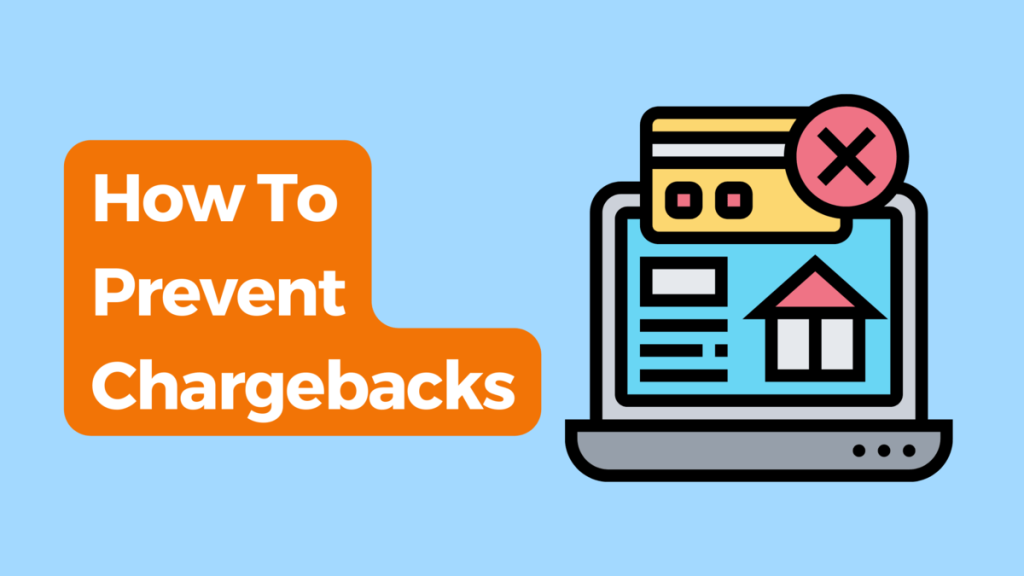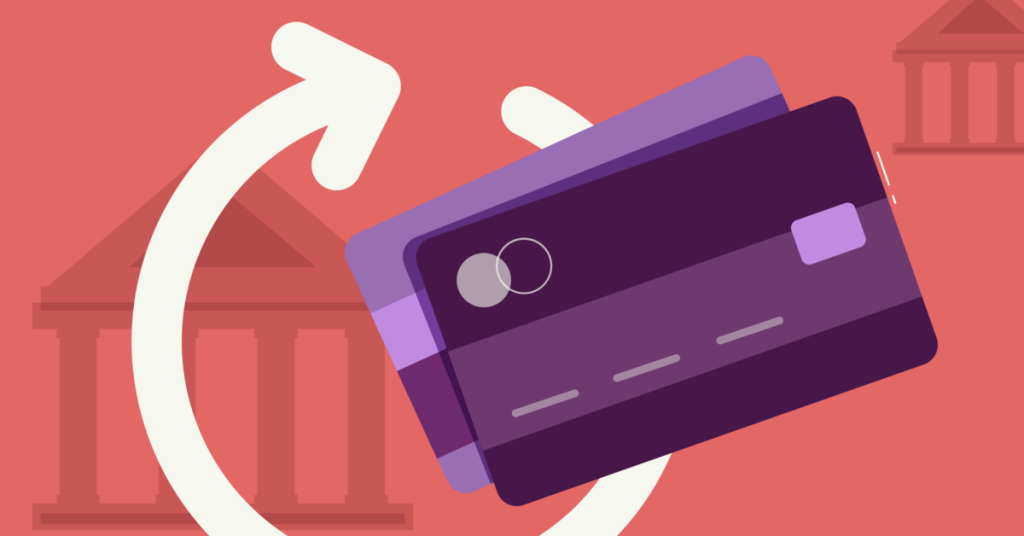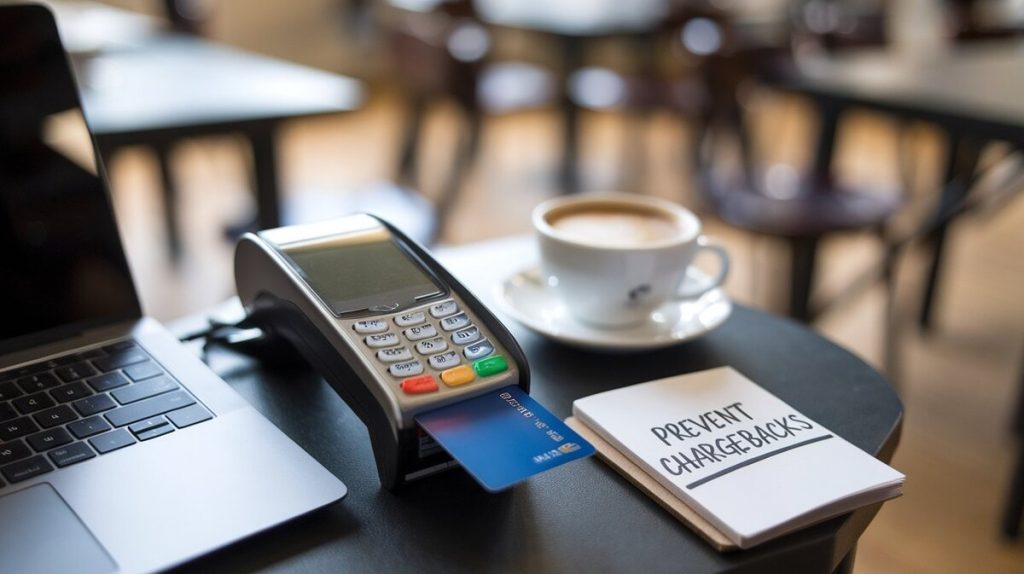Introduction
Chargebacks are a growing issue for eCommerce businesses. In 2020, they cost retailers $428 billion in returned merchandise, accounting for 10.6% of U.S. retail sales. As online transactions grow, so does fraud and customer disputes, making it essential for businesses to manage and prevent chargebacks effectively. This article provides practical strategies to minimize chargebacks and protect your business.
What is a Chargeback?
A chargeback is when a customer disputes a transaction and their bank refunds the payment. Common reasons for chargebacks include unauthorized transactions, non-receipt of goods, and dissatisfaction with products or services.
Types of Chargebacks
Understanding the causes of chargebacks helps businesses implement preventive measures. The main types of chargebacks are:
- Friendly Fraud: Customers dispute transactions they authorized.
- Processing Errors: Duplicate charges or incorrect amounts.
- Merchant Mistakes: Delayed shipments or faulty products.
The True Cost of Chargebacks
Chargebacks are not just about returning the payment. For every $1 in chargeback costs, a merchant can lose $3.75 when factoring in fees, lost inventory, and overhead. Additionally, high chargeback rates can lead to higher fees or termination by payment processors.
| Chargeback Costs | Amount (USD) |
|---|---|
| Chargeback Fee (per transaction) | $20 – $100 |
| Average Loss (per $1 chargeback) | $3.75 |
| Revenue Loss (from chargebacks) | $428 billion (2020) |
Merchants also face reputational damage and risk being classified as “high risk” by payment processors, leading to higher transaction fees or even loss of services.

Chargeback Prevention Strategies
1. Clear Return, Refund, and Cancellation Policies
One of the most effective ways to prevent chargebacks is ensuring your return, refund, and cancellation policies are clear. Ambiguities in these areas often lead to disputes. Display these policies prominently on your website and send confirmation emails after every order.
Steps:
- Place policies near checkout.
- Send automated confirmation emails for returns and cancellations.
2. Accurate Billing Descriptors
Many chargebacks occur because customers don’t recognize a transaction on their credit card statement. Use a billing descriptor that clearly identifies your business and the transaction. Ensure your descriptor includes your business name and product details to avoid confusion.
| Billing Descriptor Best Practices | Examples |
|---|---|
| Use recognizable company name | “ABC_Online_Store” |
| Include website URL | “ABCStore.com” |
| Specify the product purchased | “ABC Product (Order #123)” |
3. Fraud Prevention Tools
Fraud is a leading cause of chargebacks. Implementing tools like 3D Secure 2.0 can reduce fraud by adding an extra layer of security during checkout. Other fraud prevention methods include Address Verification Systems (AVS) and Card Verification Value (CVV) checks.
| Fraud Prevention Tools | Functionality |
|---|---|
| 3D Secure 2.0 | Verifies cardholder identity |
| AVS | Matches billing address |
| CVV | Confirms cardholder possession |
Businesses should also consider working with Merchanto.org, an official Visa and Mastercard partner for chargeback prevention. Merchanto provides fraud prevention solutions tailored to eCommerce, helping merchants monitor transactions and reduce chargebacks. Learn more at Merchanto.org.
4. Responsive Customer Service
A significant portion of chargebacks can be prevented by resolving customer issues before they escalate. Train your customer service team to handle disputes quickly and offer refunds when necessary. Responding to complaints promptly can prevent disputes from turning into chargebacks.
Tools for Chargeback Management
In addition to internal processes, specialized tools and services can help reduce chargebacks. Some effective options include:
1. Chargeback Alerts
Chargeback alerts notify you when a chargeback is filed, allowing you to resolve the issue before the dispute escalates. This gives you a chance to work with the customer or provide proof of the transaction before the funds are reversed.
| Tool | Functionality |
|---|---|
| Chargeback Alerts | Notifies of pending chargebacks |
| Visa Rapid Dispute Resolution (RDR) | Automates chargeback responses |
2. Dispute Management Platforms
Automated dispute management platforms streamline the chargeback process. They collect and present evidence like delivery confirmations and customer communications, reducing the burden on merchants.

Chargeback Ratios and Why They Matter
Visa and Mastercard monitor chargeback ratios closely. Exceeding a 1% chargeback ratio can result in penalties or termination of service by your payment processor. The chargeback ratio is calculated as:
Chargeback Rate = (Total Chargebacks / Total Transactions) × 100
Most payment processors, including Stripe and Braintree, offer tools that allow merchants to monitor their chargeback ratios in real-time.
| Payment Processor | Allowed Chargeback Ratio |
|---|---|
| Visa | Less than 1% |
| Mastercard | Less than 1% |
| Stripe | Less than 0.5% |
How to Lower Your Chargeback Ratio
- Track Shipments: Provide tracking numbers and proof of delivery.
- Collect Evidence: Maintain clear records of transactions and customer communications.
- Implement Secure Payment Methods: Use 3D Secure 2.0 for better fraud protection.
Tools for Fraud Prevention
Fraudulent transactions are one of the most common causes of chargebacks. To protect your business, use a combination of fraud detection and prevention tools. For example:
| Fraud Prevention Tool | Description |
|---|---|
| Address Verification System (AVS) | Matches billing address with the cardholder’s address |
| Card Verification Value (CVV) | Ensures the customer has the physical card |
| 3D Secure 2.0 | Adds an additional layer of authentication during online payments |
These tools significantly reduce the risk of unauthorized transactions and prevent fraud-related chargebacks.
Implementing Strong Customer Authentication
Under the Revised Payment Services Directive (PSD2), European businesses are required to implement Strong Customer Authentication (SCA), which helps reduce fraud and chargebacks. While SCA is a legal requirement in Europe, businesses in other regions can benefit from similar practices by implementing authentication protocols like 3D Secure 2.0.
| Authentication Protocol | Purpose |
|---|---|
| 3D Secure 2.0 | Verifies the identity of the cardholder during online payments |
Using Evidence to Dispute Chargebacks
When a chargeback is filed, merchants must provide compelling evidence to dispute the claim. The types of evidence include:
- Proof of delivery: Delivery confirmation or tracking information.
- Customer communication: Emails or messages showing customer consent or knowledge of the transaction.
- Billing records: Documentation of the transaction details.
Timely submission of this evidence is crucial in winning chargeback disputes. Payment processors like Visa and Mastercard provide detailed guidelines on the types of evidence needed for successful chargeback representation.
How to Respond to Chargebacks
When faced with a chargeback, follow these steps:
- Review the Dispute: Understand the reason for the chargeback.
- Gather Evidence: Collect all relevant documents, including proof of delivery and customer communications.
- Submit Response: Provide evidence to your payment processor within the required timeframe.
Chargebacks must be responded to within a specific period, typically 10-14 days. Failing to respond in time can result in an automatic loss of the dispute.
Conclusion
Chargebacks can have a severe impact on eCommerce businesses, leading to financial loss and damage to reputation. However, by implementing clear return policies, accurate billing descriptors, and fraud prevention tools like 3D Secure 2.0, businesses can minimize the risk of chargebacks. Merchants should also consider partnering with chargeback management platforms.
By following these strategies and closely monitoring your chargeback ratios, you can protect your revenue and maintain a healthy business.



